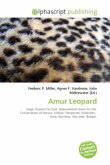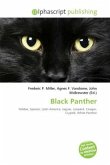Flocking behavior is the behavior exhibited when a group of birds, called a flock, are foraging or in flight. There are parallels with the shoaling behavior of fish, the swarming behavior of insects, and herd behavior of land animals. Computer simulations and mathematical models which have been developed to emulate the flocking behaviors of birds can generally be applied also to the "flocking" behavior of other species. As a result, the term "flocking" is sometimes applied, in computer science, to species other than birds. This article is about the modelling of flocking behavior. From the perceptive of the mathematical modeller, "flocking" is the collective motion of a large number of self-propelled entities and is a collective animal behavior exhibited by many living beings such as birds, fish, bacteria, and insects. It is considered an emergent behavior arising from simple rules that are followed by individuals and does not involve any central coordination. Flocking behavior was first simulated on a computer in 1986 by Craig Reynolds with his simulation program, Boids. This program simulates simple agents (boids) that are allowed to move according to a set of basic rules.








